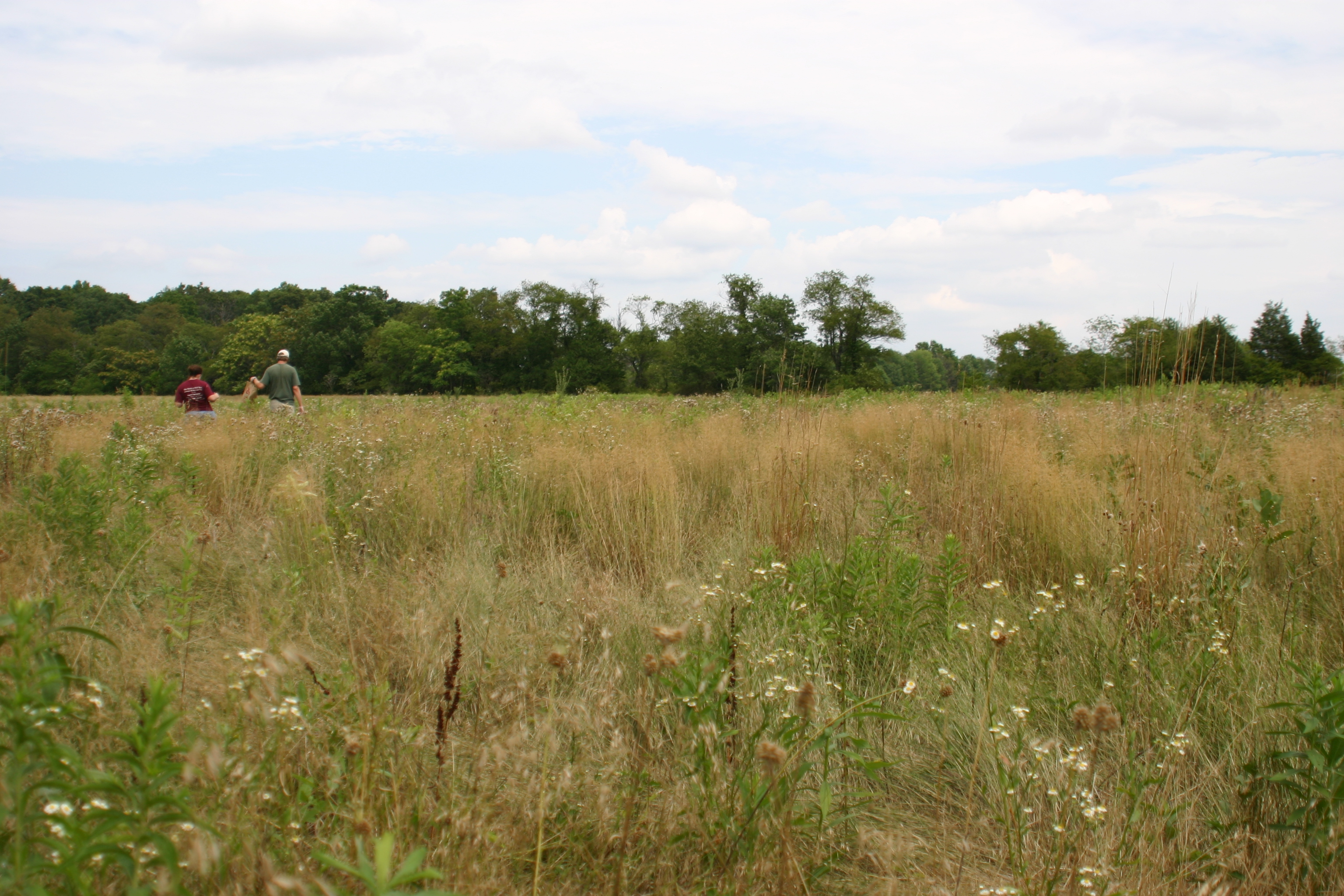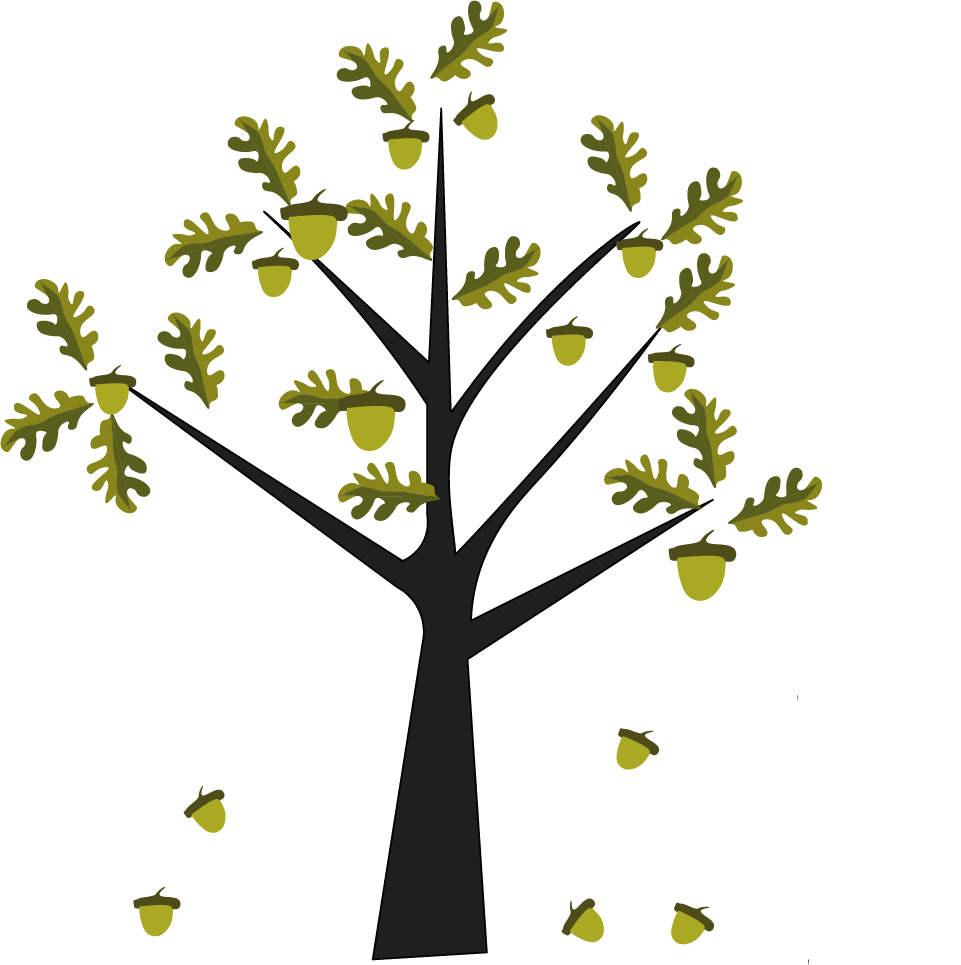Successional Dynamics
Buell-Small Succession Study (BSS)
 Since 2002, I have led the Buell-Small Succession Study (BSS) – the longest continuous study of successional dynamics in existence. While the larger research group involved with this project has varied interests, I have primarily focused on using the long-term vegetation data to answer questions on the causes and consequences of exotic plant invasions. This work has been funded by the USDA and NSF and is in collaboration with Myla Aronson at Rutgers University. This study has provided a rich context for diverse studies of the ecology of lianas, the functional ecology of succession and the dynamics of species invasions. Current work is focusing on functional characterization of native and non-native species and on the phylogenetic patterns of community dynamics (in collaboration with Marc Cadotte, University of Toronto) and Shaopeng Li (East China Normal University).
Read More
Since 2002, I have led the Buell-Small Succession Study (BSS) – the longest continuous study of successional dynamics in existence. While the larger research group involved with this project has varied interests, I have primarily focused on using the long-term vegetation data to answer questions on the causes and consequences of exotic plant invasions. This work has been funded by the USDA and NSF and is in collaboration with Myla Aronson at Rutgers University. This study has provided a rich context for diverse studies of the ecology of lianas, the functional ecology of succession and the dynamics of species invasions. Current work is focusing on functional characterization of native and non-native species and on the phylogenetic patterns of community dynamics (in collaboration with Marc Cadotte, University of Toronto) and Shaopeng Li (East China Normal University).
Read More
Plant-microbe Interactions
One of the most fascinating developments in the last 20 years is an appreciation of the intricate and powerful role that soil microbes can have on plant populations and communities. Such small, easily overlooked, organisms can determine local population sizes, regulate diversity and community dynamics, and alter the productivity of a system. Almost every time someone explores the role of soil microbes, they turn out to be important components of the system.
My interest in plant-microbe interactions builds on my general interests in community dynamics and spatial structuring in communities. We have examined the role of soil microbes in prairie restoration, in species invasions and in determining the outcomes of plant-plant interactions. Much of this work is ongoing, and not quite to the stage of publication, but it is a fascinating topic. Current work involves intraspecific variation in plant-microbe interactions, the role of soil microbes in regulating the invasion of bush honeysuckle (Lonicera maackii) and the influence of research methodology in driving research outcomes.
See Publications for Plant-microbe InteractionsInvasion Biology
Invasive plants are a common component to nearly all plant communities. Some species appear innocuous, while others generate devastating reductions in diversity, tree growth, or other system processes. This generates the question, what causes the difference in the behavior and impacts of these species? The ecological literature is full of examples of situations where clear differences between natives and non-natives occur, and places where they do not. Furthermore, we need to make sure that the comparisons that we make are appropriate ones (the old apples to apples issue) to make sure our conclusions are also appropriate.
Much of the recent work in my lab, both experimental and using the BSS data, has been on the biology of these non-native and invasive plant species. I am specifically interested in determining the mechanisms of impacts as well as in understanding what regulates the dynamics of these invasions in natural systems. I am also working on quantifying the functional differences between native and exotic communities as a whole. Recent experimental work has also included the role of plant-soil microbe interactions in regulating invasion.
Research on non-native plants is of great interest from both a conservation point of view as well as a theoretical perspective. Therefore, student projects in this area have the ability to generate both practical and conceptual advances.
See Publications for Invasion BiologySustainable Agriculture
A long personal interest in growing nuts has now become a major research focus in my lab group. With funding from EIU, IL Sustainable Agriculture and the Lumpkin Family Foundation, we have set up a network of trial orchards for chestnuts and hazelnuts in collaboration with several rural school districts. Chestnut is a carbohydrate based food product (think tree potatoes) while hazelnuts are an oil-based nut crop. These woody plant crops are oddly similar to the dominant corn-soybean system in place throughout the Midwest.
The focus of this research is the foundational question of the role of genetic diversity in ensuring agricultural sustainability. We often see dramatic effects of diversity in natural populations, but this is rarely explored in agricultural systems. Modern agricultural production is centered on the production of a few, clonally-propagated lines (genetically identical) leaving little genetic diversity within most orchards. However, there has also been selection of populations of seedling generated lines of these same crops, where each individual is generically unique. Our goal is to evaluate whether genetic diversity within varieties is related to variation in traits, stress responses, herbivore resistance, etc. in these two crops systems.
This project is just beginning, but will focus on evaluating varieties for local production and compare the ecological performance of commercial cultivars and open-pollinated seedling lines. This project also has a major outreach component as it will train local students in issues of sustainable agriculture and develop programs for potential growers.
Selected Publications on Sustainable Agriculture None yet…check back soon!
